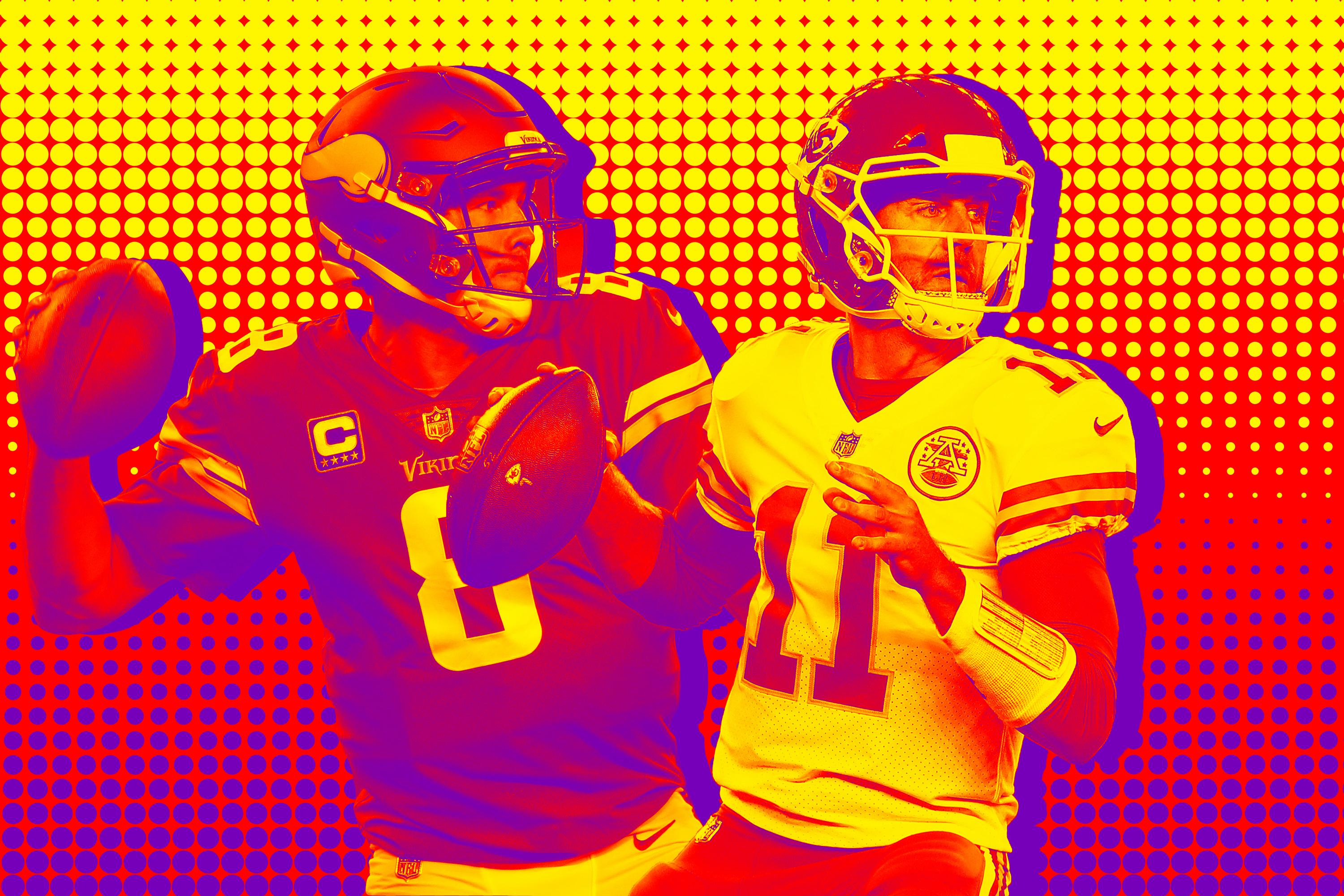
Alex Smith and Sam Bradford have earned their reputation as the NFL’s masters of the checkdown. Bradford, in his seventh professional season, completed a record 71.6 percent of his passes in 2016, but did so with an average pass length of 6.37 yards—the lowest in the league. Smith, a 13-year veteran, wasn’t much better in that regard, coming in 29th with an average pass length of 6.74 yards. They were the only two qualified quarterbacks who didn’t crack an average of 7 yards per throw.
Smith and Bradford’s distinction as kings of the dink-and-dunk made their Week 1 performances all the more jarring. Smith torched the Patriots by going 28-of-35 passing for 368 yards with four touchdowns in a 42-27 win, while Bradford lit up the Saints, finishing 27-of-32 for 346 yards with three scores in a 29-19 victory. The production from both the Chiefs and Vikings offenses was staggering, but more shocking was the way that the production happened. Two guys who love dumping it off were slinging the ball down the field and torching opponents in a manner we’ve rarely seen from them.
Last year 8.16 percent of Smith’s throws traveled more than 20 yards in the air, the third-lowest figure in the league, according to Cian Fahey’s Pre-Snap Reads Quarterback Catalogue. (Only Bradford and Jared Goff went deep less often.) He attempted 489 passes in 2016, so that means he made 40 deep throws over the entire season. Smith heaved it at least 20 yards eight different times last Thursday against New England alone.
Smith and Bradford did their damage in prime time for the entire country to see, but they were hardly the only passers not previously known for their deep-ball prowess to push the ball down the field in their season openers. The Eagles’ Carson Wentz, who finished 25th in average length of throw (7.44 yards) last season, was fourth in that stat after Week 1 (10.28). The Lions’ Matthew Stafford, who tied Wentz for 25th last year, was 13th (7.73). Even Goff was 11th in the category after one game (8.55) and tied for the third-longest average completion (8.43).
Some of the most surprising—and effective—quarterback performances of Week 1 were fueled by a willingness to let it rip. The question now is what led to such stark departures from the norm and whether those tendencies were an aberration or a sign of what’s to come.
Part of the skepticism some fans and analysts felt about the Chiefs offense coming into this season stemmed from a sense of roster stagnation. Kansas City traded up 17 spots in the 2017 draft to pick cannon-armed Texas Tech quarterback Patrick Mahomes II, a daring move that limited the franchise’s ability to add immediate-impact offensive talent. The Chiefs entered the offseason with little cap space to bring in big-name free agents, and then invested a lot of resource in one player who is unlikely to see the field this fall. That lack of movement made it seem as if this iteration of the Chiefs would resemble the high-floor, low-ceiling team that went 12-4 last year.
Two factors on display last Thursday in New England indicated that might not be the case, though: the game-changing talent of third-round running back Kareem Hunt and Smith overcoming his reluctance to push the ball down field. The latter aspect, in particular, could provide the Kansas City offense with a new dimension.
Much of the frustration with Smith’s game to this point has been that his insistence on making short throws has sometimes come at the expense of superior alternatives. The foundation of head coach Andy Reid’s offense is creatively manufacturing yards in the intermediate areas of the field, but plenty of deep shots are built into those concepts. And it’s not as if Smith doesn’t have the skill to make deep throws. His deep-ball accuracy (42.86 percent, according to Fahey) hovered around league average last year, and it quickly became clear against the Pats that these are throws he can make.
He just isn’t always willing to make them. The bomb that Smith completed to Tyreek Hill in the third quarter is a throw that any backyard quarterback should be able to complete, yet he uncorked a few other dimes against New England that were damn impressive. The below pass to Chris Conley came on a second-and-6 with nearly seven minutes left in the fourth quarter and Kansas City clinging to a 28-27 lead. This was an aggressive choice given the game situation, and it required Smith to bypass a check-down option to the running back. It also proved wildly successful.
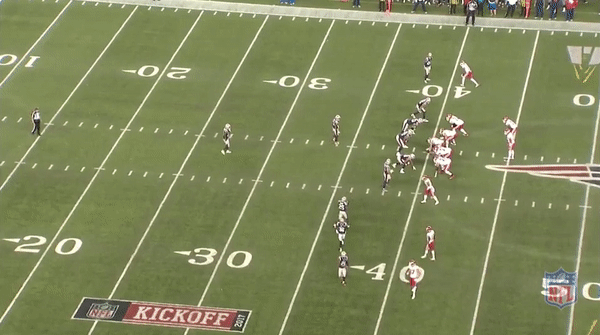
In Bradford’s case, the tendency to eschew deep throws in 2016 likely had less to do with willingness than necessity. Those skeptical of Bradford’s performance against the Saints in Week 1 will point to his Vikings debut last September, when he went 22-of-31 passing for 286 yards with two touchdowns in a win over Green Bay. Bradford chucked it around the yard in that game, too, delivering two deep balls to Stefon Diggs (one of which is below) and another to Kyle Rudolph. But as the fall progressed, Bradford cemented his status as Captain Checkdown.
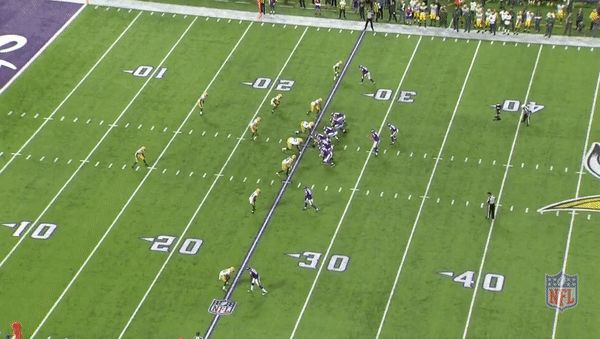
The difference between Bradford’s showing against the Packers in 2016 (and his performance during Minnesota’s 5-0 start) and his outings in subsequent months of last season was the health of the Vikings’ offensive line. In fact, that Week 2 Packers game was the last time all year that Minnesota started its five preferred players up front. Left tackle Matt Kalil played through a hip injury against Green Bay before having surgery and missing the rest of the campaign; right tackle Andre Smith played only two more games before a triceps injury sent him to IR. The Vikings ended the season with the most injured offensive line since the turn of the century.
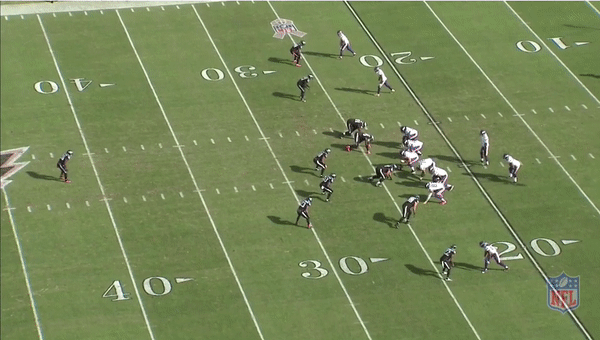
Collapsing pockets and a lack of time to throw meant that Bradford turned to checkdowns as a means of self-preservation. Only four quarterbacks last fall (one of whom was Smith) had a shorter average time to throw than Bradford’s 2.48 seconds. With the ball coming out of his hands so quickly, going long wasn’t really an option. It didn’t help matters that groin and knee issues sidelined Diggs for three games and limited his effectiveness when he was on the field.
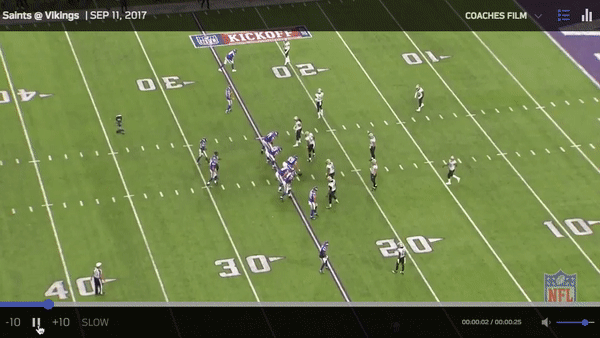
The version of Bradford we saw on Monday night is the one that’s possible with a healthy Diggs and an offensive line comprised of NFL-caliber talent. The contracts that Minnesota handed to free-agent tackles Riley Reiff and Mike Remmers in March (deals that included a combined $36.8 million in guarantees) weren’t the headline-grabbing moves of the offseason, but this roster now has players up front who can provide a basic level of protection and allow this offense to function. If Bradford gets that type of blocking all season long, his aggressiveness against the Saints shouldn’t be a one-week highlight. It should be the expectation.
By pushing the ball downfield with regularity, both the Vikings and Chiefs could unlock parts of their offense that otherwise might be stymied. The Minnesota ground game was putrid last season; the Vikings averaged a league-worst 3.2 yards per carry and ranked 31st in Football Outsiders’ rushing DVOA. A lot of that was the byproduct of an ineffective line, but the problem was exacerbated by defenses’ lack of respect for Bradford’s ability to beat them over the top. They felt free to play with a single-high safety, thus clogging up Minnesota’s opportunities at the line of scrimmage.
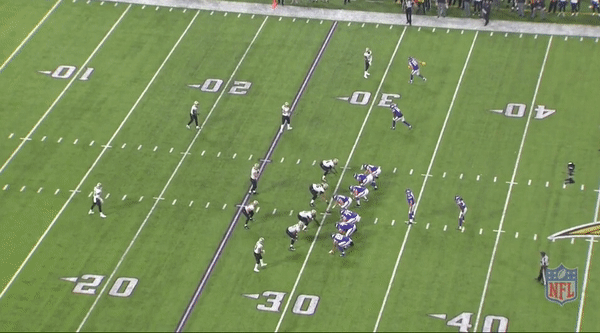
In adding rookie running back Dalvin Cook and showing what Bradford can do when he does go deep, the Vikings should make such rushing woes a thing of the past. Cook is significantly more talented than the batch of guys the Vikings had at his position last season, and the Florida State product should see lighter boxes and more advantageous situations than the team faced in 2016.
For Kansas City, the most important benefit that could come from Smith going deep more often would be the creation of space in the intermediate areas of the field. Whether with backs like Hunt or tight ends like Travis Kelce, the Chiefs have always inflicted damage with their pass catchers between the numbers. Opponents paying newfound attention to the likes of Chris Conley and Hill on the outside would only give those players more room to operate.
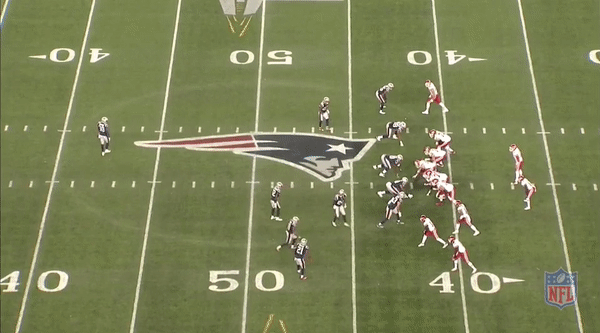
The conventional wisdom surrounding Kansas City’s choice to draft Mahomes was that the young gunslinger could bring an element to this offense that had been missing in recent years. Along with making for a succession plan after Smith moved on or retired, his stylistic difference was supposed to uncover a version of the Chiefs that didn’t exist with Smith running the show. That line of thinking could go out the window if Smith proves he’s willing to take shots when presented with the opportunity.
If he can do that repeatedly, Kansas City won’t need to change quarterbacks to reach a new, more potent level. By encouraging their checkdown artist to become something much more, the Chiefs offense may have what it needs to get over the playoff hump that’s foiled this team in recent years.